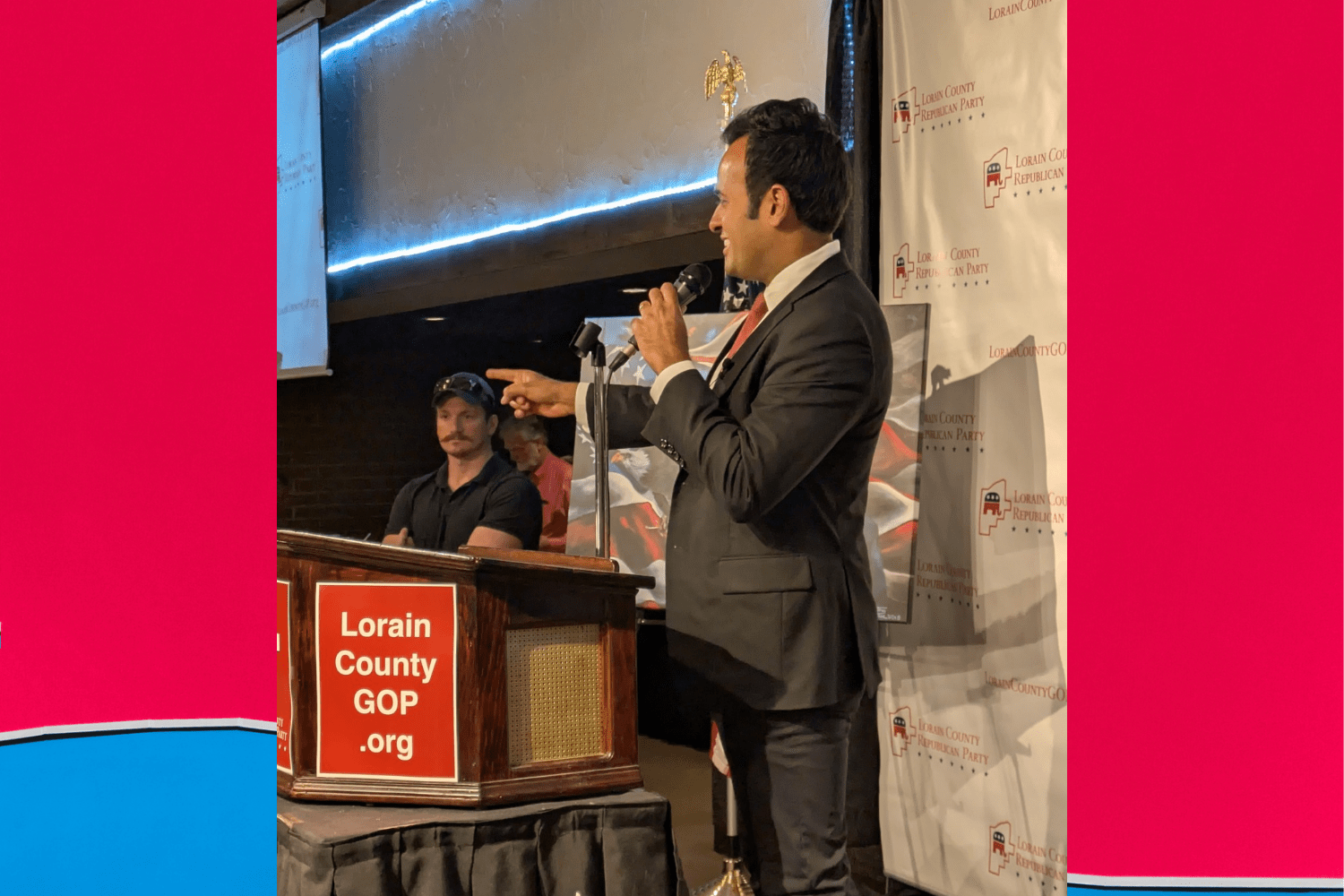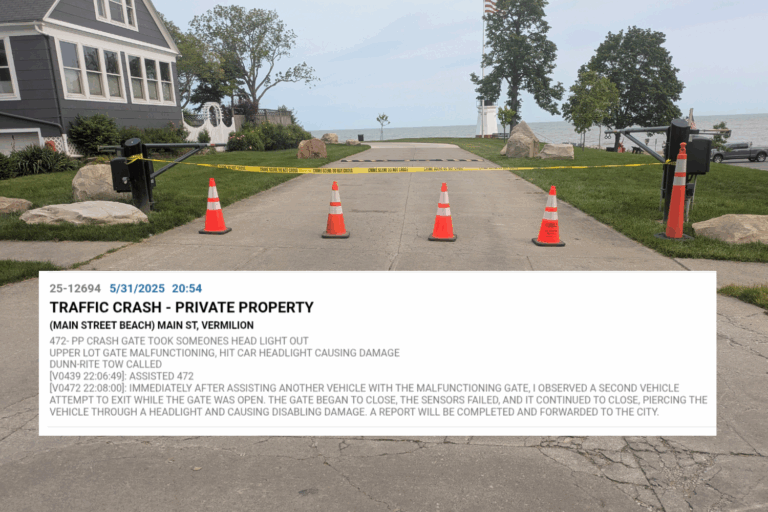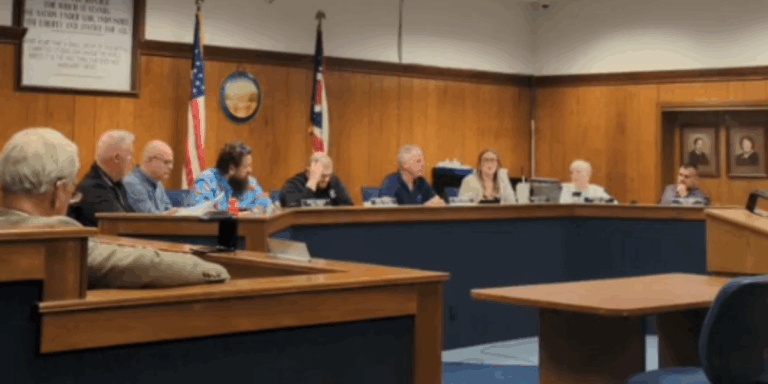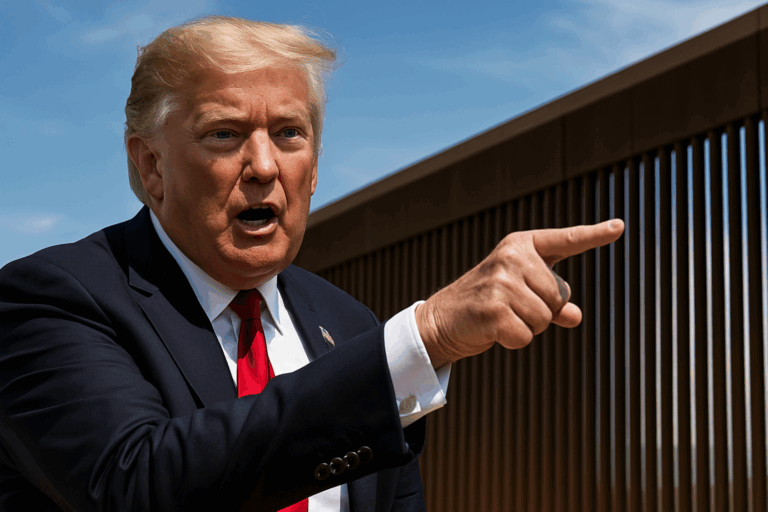
At Friday night’s Lorain County Lincoln Day Dinner hosted at German’s Villa in Vermilion, Ohio, GOP gubernatorial candidate Vivek Ramaswamy delivered a rousing 35-minute keynote that fused economic vision, education reform, and patriotic optimism—anchored by what he called a “second industrial revolution” led by the Buckeye State.
More than 500 attendees packed the hall. Outside, fewer than 40 protesters stood along the sidewalk. The demonstration echoed a similar effort at Erie County’s Lincoln Day Dinner this spring, where turnout was limited and criticism quickly followed. In both cases, the protest felt more staged than spontaneous—party-aligned, uninviting, and ultimately partisan.
Ramaswamy didn’t ignore them. In fact, he brought them up within minutes of stepping to the podium.
“I missed them—I heard there were protesters out front,” he said, before recounting a story from a previous event where he welcomed a protester’s spouse into the venue and eventually the protester herself. It’s worth noting that in Ohio GOP events, protesters are not typically invited in—unless someone like Ramaswamy personally extends the offer.
That distinction mattered. His anecdote wasn’t about optics. It was about engagement, mutual respect, and common ground.
A Platform That Aims to Unite
Ramaswamy laid out an ambitious platform focused on reviving Ohio’s economic strength, educational excellence, and civic pride. Many of his proposals reached beyond party lines:
- Eliminating state income tax and capping property taxes, so families and small businesses can keep more of what they earn.
- Fast-tracking infrastructure permitting, removing red tape on water treatment plants and energy pipelines.
- Expanding school choice, while investing in public schools where no alternatives exist.
- Reviving discipline and rigor in public education, with higher pay for high-performing teachers and a renewed focus on math, reading, and writing.
- Reintroducing civic and physical education, including the presidential fitness test and a required civics exam for high school seniors.
But perhaps most urgent was his warning about America’s declining global competitiveness in education.
“Seventy-five percent of eighth graders in the U.S. aren’t proficient in math,” he said, noting that American students now trail their Chinese peers by nearly four academic years. He framed it not as a partisan issue, but as a generational crisis. “That’s not sustainable if we want to remain a great nation.”
“These aren’t extreme ideas,” he added. “They’re common sense—and they’re common ground.”
Unfair Criticism?
While the protesters outside voiced opposition, they offered no public statement, no alternative vision, and no attempt to engage. Instead, their presence—limited in size and scope—reflected what some called a broader effort to target Ramaswamy not for what he said, but for who he supports.
By contrast, Ramaswamy responded with composure and invitation. “Bring your concerns to the table. That’s what Americans do,” he said.
Some on social media raised thoughtful questions—not about Ramaswamy, but about the protesters themselves. One Vermilion resident noted they’d protest a political speech, but not “the atrocities happening in their own backyard,” like skyrocketing water bills and infrastructure failures. It was a fair point. Still, it’s unclear whether the demonstrators were even local. The signs, slogans, and style of protest mirrored nearly exactly those seen weeks earlier at Erie County’s Lincoln Day Dinner, suggesting a broader party-coordinated effort rather than organic community opposition.
As the evening closed, Ramaswamy spotlighted a man named Robert in the crowd—a supporter battling stage 4 cancer—who vowed to “stick around” until Vivek was elected governor. The crowd rose in applause.
Ramaswamy’s message was clear: Ohio has everything it needs to lead again. Natural resources, industrial heritage, geographic advantage—and, in his words, “people who still believe in doing hard things.”
What Ohio needs right now isn’t more shouting from the sidelines—it’s more people at the table. And that table, as Ramaswamy’s speech implied, is in the middle. Whether Republican, Democrat, Independent, or politically disillusioned, the work of rebuilding our state will require compromise, conversation, and courage from every side. Ohio’s future won’t be shaped by slogans or standoffs—it will be shaped by those willing to sit down, speak honestly, and find common ground.





